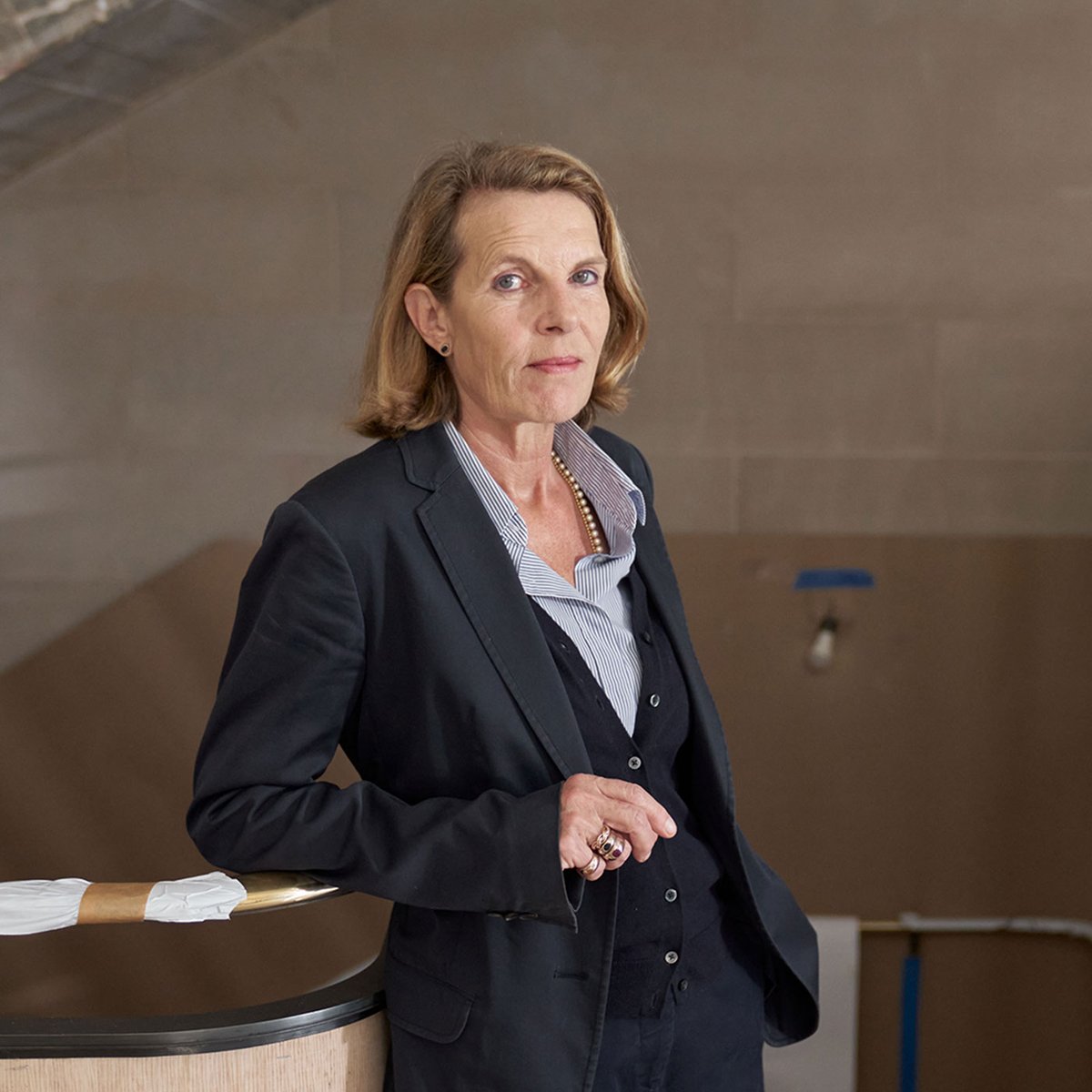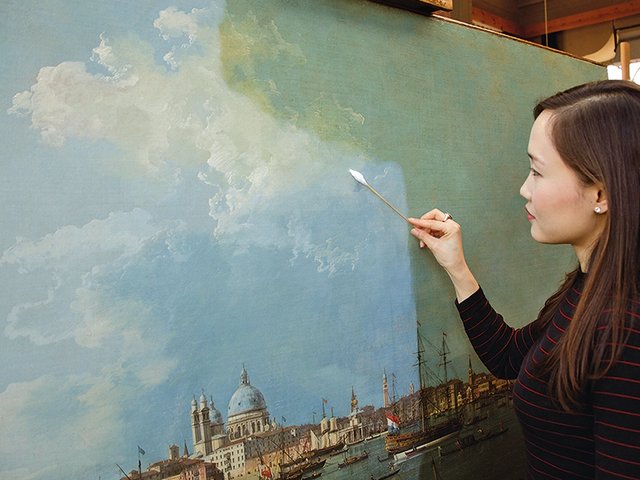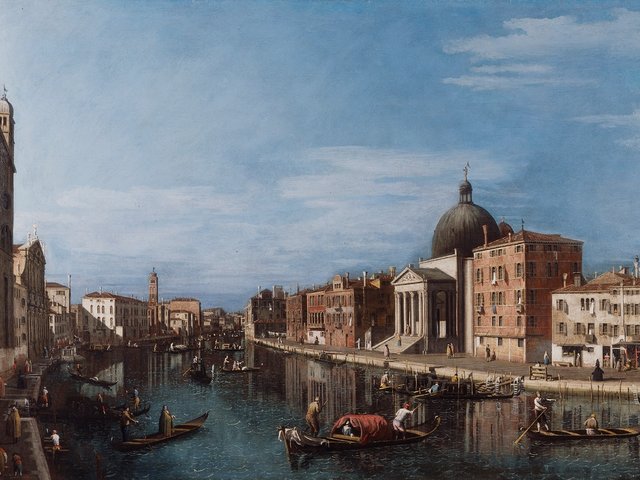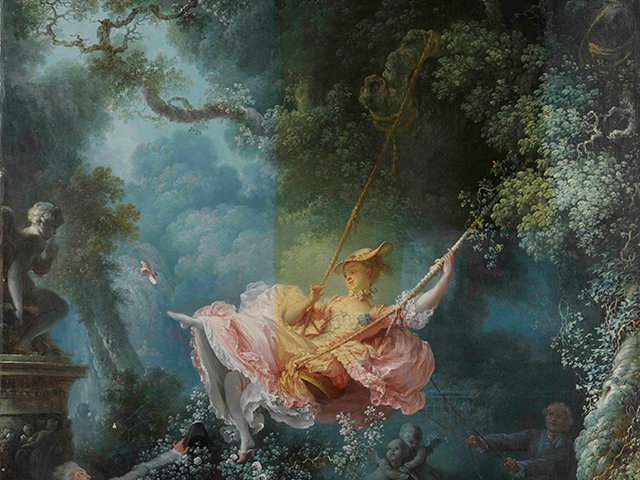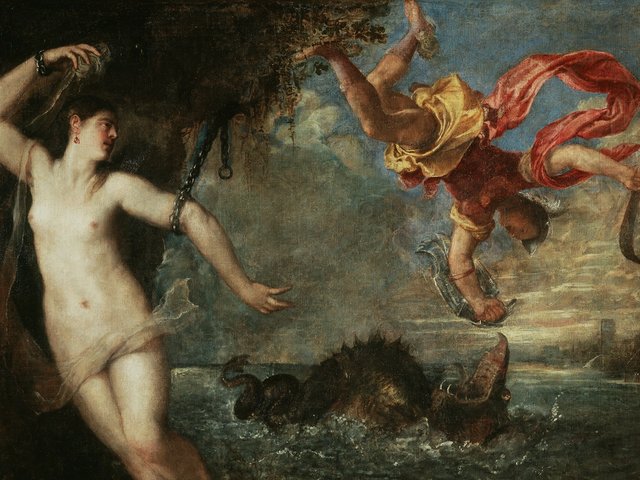Selldorf Architects, the New York practice led by Annabelle Selldorf, has been appointed by the Wallace Collection to lead the design and delivery of a new masterplan to improve access, sustainability and visitor experience at Hertford House, the collection’s historic London home.
Selldorf—who recently oversaw the successful refurbishment and reopening of the Frick Collection in New York, and the Sainsbury Wing in London’s National Gallery—will work on the project in collaboration with two UK practices. One is Purcell, the long-standing heritage consultants to the Wallace, and the other is Lawson Ward Studio, the east London practice led by Hannah Lawson, who developed the original project brief. Lawson also created the recently opened Roden Centre for Creative Learning at the National Gallery.
“The masterplan marks a significant investment in the long-term future of the museum,” the Wallace said in a press announcement on 2 June, “and its ability to connect diverse audiences with one of the world’s most remarkable art collections.”
“We are delighted to be working with Selldorf Architects, Purcell and Lawson Ward Studio on the next chapter in the museum’s history,” Xavier Bray, director of the Wallace Collection, said in a press statement. “Their thoughtful, collaborative approach and track record of working with complex heritage buildings gives us great confidence as we embark on this transformational journey.”
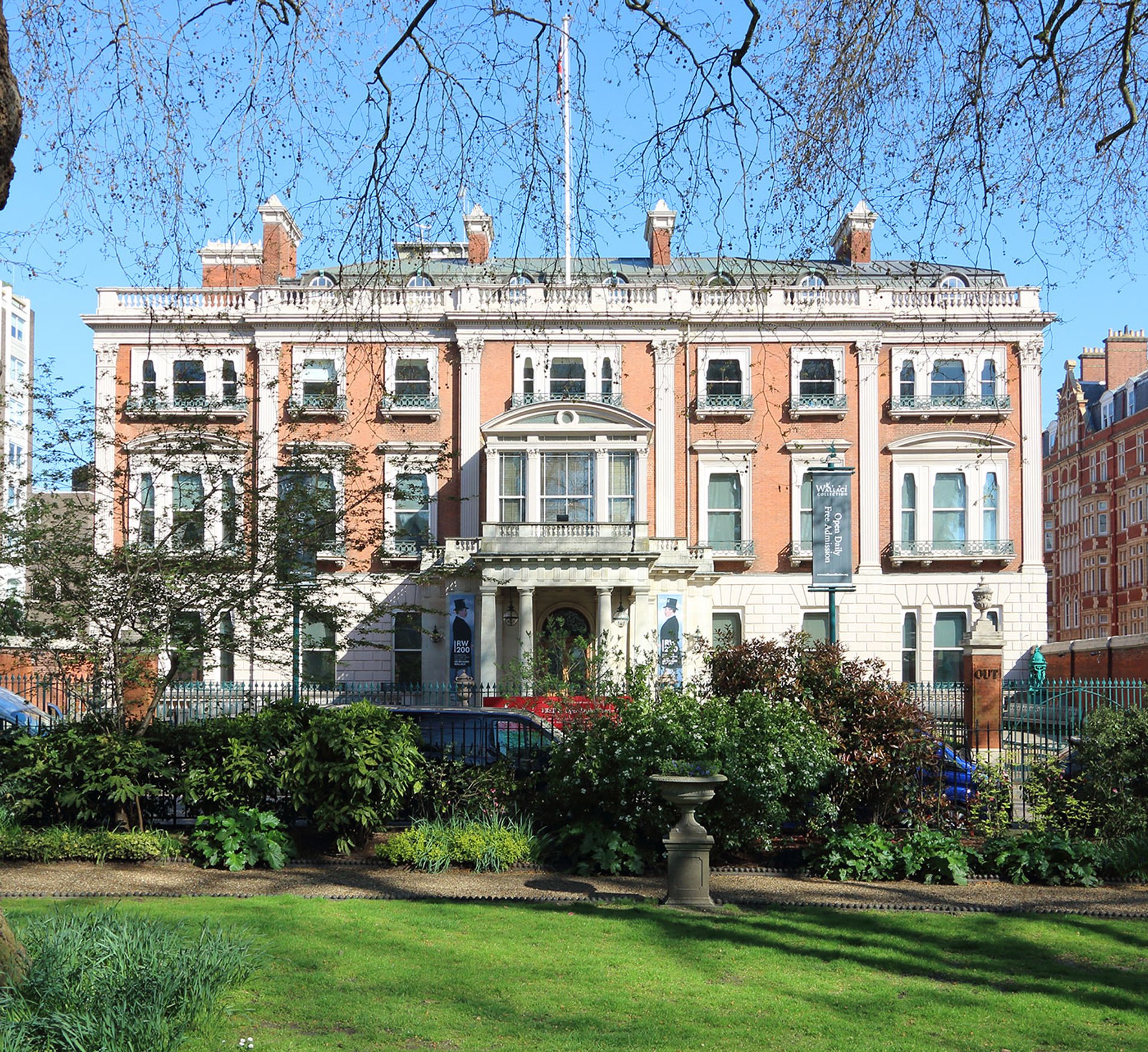
Hertford House, Manchester Square, central London, home to the Wallace Collection, which opened to the public in 1900 Courtesy: Wallace Collection
In a press statement, Selldorf said: “We are looking forward to working with the Wallace Collection to enhance the unique experience of visiting Hertford House, making their magnificent collection of paintings, decorative arts and arms and armour more accessible. Engaging a wider audience with art and the building’s beautiful architecture is vital and the project presents an exciting opportunity to re-examine essential aspects of the visitor’s experience.”
The Wallace is a national collection and a non-departmental public body of the Department for Culture, Media and Sport (DCMS)—led by Bray and supported by a board of trustees appointed by the UK prime minister. The joint appointment of Selldorf, Purcell and Lawson Ward was made under public procurement regulations.
A national collection
Purcell has worked with the Wallace for three decades and executed the 2014 renovation of its Great Gallery, reintroducing natural daylight into a room once described by the art historian Kenneth Clark as “the greatest picture gallery in Europe”. The huge top-lit gallery was added to Hertford House for the collector and philanthropist Richard Wallace in the early 1870s, 25 years before his widow, Amelie Castelnau, left the house and collection—5,500 pieces in all—to the UK nation at her death in 1897.

The Great Gallery at Hertford House. The art historian Kenneth Clark once described it as "the greatest picture gallery in Europe" Courtesy: The Wallace Collection
The collection was assembled by the first four marquesses of Hertford and by Richard Wallace, the son of the fourth marquess, much of it from private and auction sales in Paris. It was opened to the public in 1900 and remains, with the Wellington collection at Apsley House, one of just two great 19th-century aristocratic collections in situ in its historic London home.
The Great Gallery is home to some of the collection’s most celebrated works including Diego Velázquez’s The Lady with a Fan (around 1640), Frans Hals’s The Laughing Cavalier (1624) and Peter Paul Rubens’s The Rainbow Portrait (around 1636). Another highlight is Rembrandt’s touching, separate portraits of Susanna van Collen and her husband Jean Pellicorne (both around 1632), each sitter pictured with one of their children. Of the collection’s many other show-stoppers in painting, furniture and sculpture, Nicolas Poussin’s A Dance to the Music of Time (around 1634–6) now hangs in the Billiard Room while Jean-Honoré Fragonard’s Les hasards heureux de l'escarpolette (The Swing, around 1767-68) is to be found in the Study.

The West Room of Hertford House, demonstrates the Wallace Collection's completeness, including examples of 18th-century furniture of the highest quality and the great Augsburg silver-gilt toilet service (1767-73, in the cabinet right), as well as paintings by Joshua Reynolds and George Romney. The view of The Grand Canal with San Simeone Piccolo (around 1737), above the Augsburg cabinet, was for long attributed to Canaletto. It was recently reattributed to his nephew and pupil Bernardo Bellotto. The painting now hangs in West Gallery I, with a large collection of works by Canaletto and Francesco Guardi Courtesy: Wallace Collection
The project’s full scope—which will cover an improved visitor welcome, and circulation to enhancing gallery spaces, the creation of a new learning centre, upgrading environmental conditions and improving accessibility—is due to be finalised, in conjunction with the collection’s stakeholders, by the end of 2025. The masterplan’s announcement comes during the collection’s 125th anniversary year and at a poignant moment of memorial for museum staff and friends who recently attended the memorial service for Rosalind Savill, the transformational director of the museum and the curator of its outstanding collection of 18th-century French porcelain and goldsmiths’ work from 1992 to 2011.
In 2019 the terms of Amelie Wallace's original bequest—that specified that the family bequest shall always be “kept together” and unmixed with other objects of art—were reinterpreted so that that the Wallace Collection started making loans for the first time. In 2020 it launched an international lending programme that has extended the collection’s reach and led to a series of notable temporary exhibitions at Hertford House. These include Frans Hals: The Male Portrait (2021-22), with paintings loaned from collections across the UK, Europe and North America to hang with the celebrated The Laughing Cavalier. In November, Berlin’s Gemäldegalerie is lending Caravaggio’s Victorious Cupid (1601-02) for a free exhibition at the collection in which it will be shown in company with the Wallace’s own 1870s statue on the same theme, Love Triumphant, after an 18th-century original by Jean-Pierre Tassaert.
The Wallace Collection’s permanent collection is open daily, excepting 24-26 December, free of charge, 10am to 5pm.


